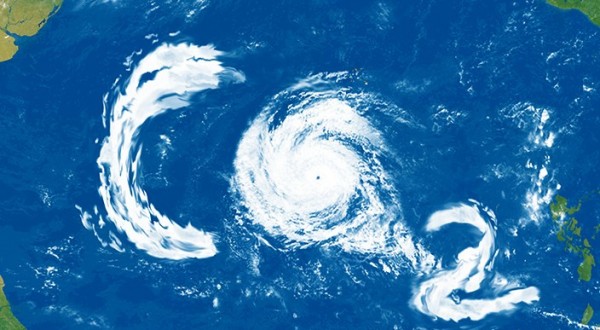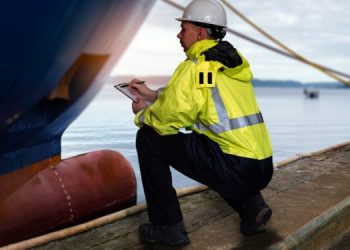Equinor, Shell and Total began drilling operations at the 31/5-7 Eos wildcat well to look whether the reservoir in the deep Johansen Formation was suitable for storage of carbon dioxide (CO2), included in the Northern Lights project.
Namely, the project ‘Northern Lights’ consists of transport, reception and permanent storage of CO2 storage in a reservoir in the northern part of the North Sea, a collaboration between Equinor and seven European companies.
In light of the above, the Norwegian petroleum Directorate (NPD) reported that this is the fist exploration well drilled with the aim of storing CO2 and not looking for oil and gas.
NPD reports that well 31/5-7 will be drilled from the West Hercules drilling facility in position 60°34’35.15″N and 3°26’36.15″E after concluding the drilling of well 6611/1-1 in the Norwegian Sea.
Moreover, the Directorate notes that this is the first well to be provided with an exploitation license 001.
NPD assistant director exploration Wenche Tjelta Johansen commented that
In Norway, we have lots of experience and good expertise when it comes to safe storage of CO2 under the seabed.
Similarly, Gasunie, EBN, Port of Amsterdam and Tata Steel completed a research into CO2 capture, transport, storage and reuse in the North Sea Canal area, resulting that a CCUS network is technically feasible.
According to estimations, the reservoir volume of the Norwegian shelf is able to host up to 80 billion tonnes of carbon dioxide, which is equivalent to 1,000 years of Norwegian CO2 emissions at the current level.

































































